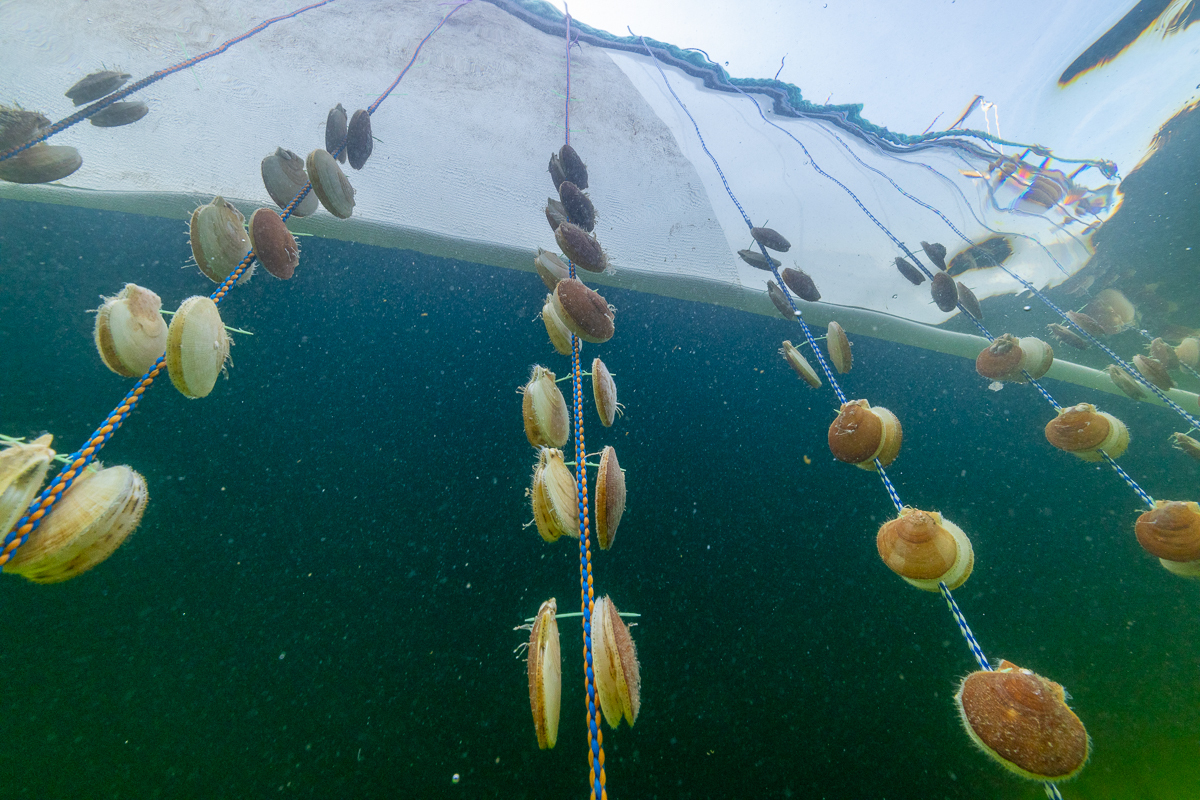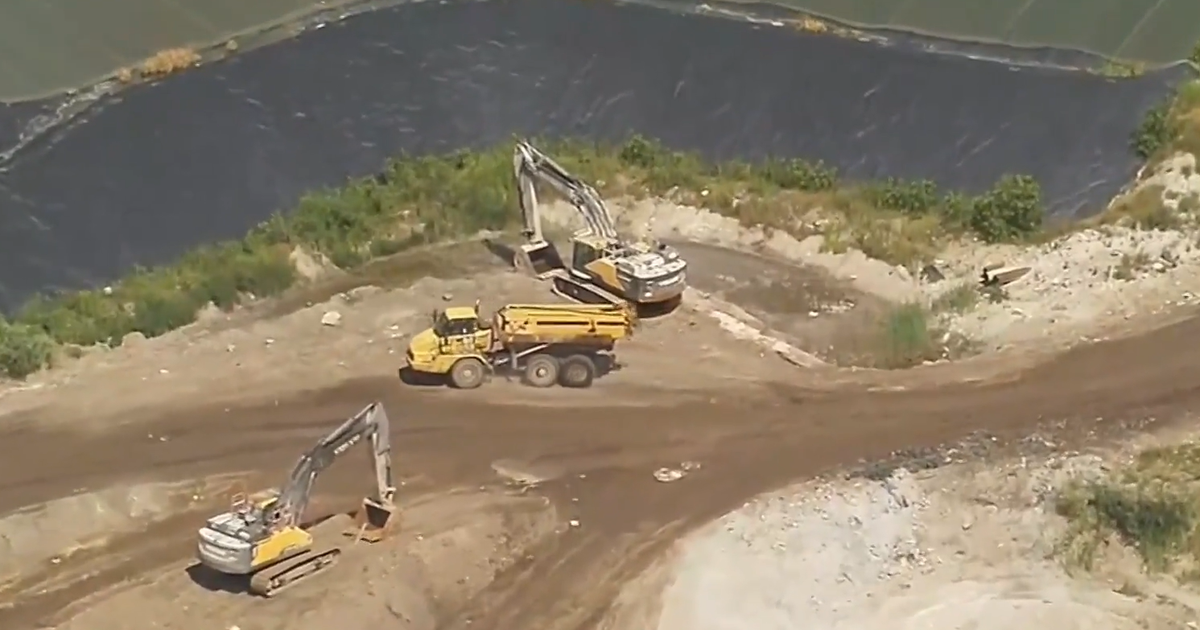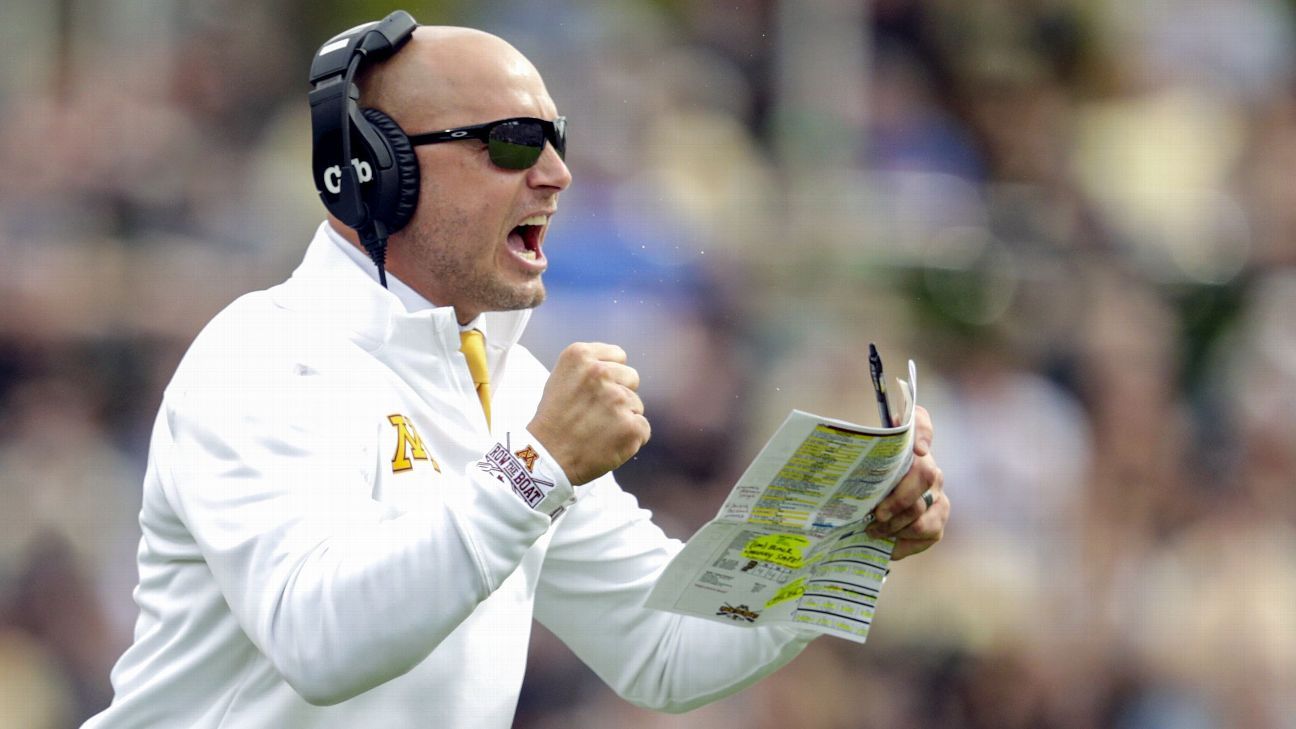Lifestyle
When Baby Sloth tumbles out of a tree, Mama Sloth comes for him — s l o w l y

Illustrations © 2024 by Brian Cronin/Rocky Pond Books
hide caption
toggle caption
Illustrations © 2024 by Brian Cronin/Rocky Pond Books

Illustrations © 2024 by Brian Cronin/Rocky Pond Books
Doreen and Brian Cronin aren’t related — as far as they know. They first stumbled across each other on Facebook: two Cronins, both working in the world of children’s books — Doreen as an author and Brian as an illustrator — and living in the same city? They should probably get a cup of coffee!
“We decided to meet up. We both live in Brooklyn and we met on a bench in Prospect Park just to chat,” explains Doreen Cronin, “and that was three years ago.”
They didn’t let the perfect meet-cute go to waste — they hit it off, both personally and professionally. Soon, they were dating and working together.
“We’re in it now!” Doreen laughs.
The Cronins admit they were at first a touch apprehensive about working together as a new couple. Brian had never collaborated with an author before. But they couldn’t really help it, says Doreen.
“It’s what we were both doing all day long,” she explains. “We’re always talking about books. We’re always talking about ideas.” Luckily, it’s worked out.
“I really love it,” says Brian. “I think it’s made us stronger.”
Their first picture book together was last year’s Lawrence and Sophia. They quickly followed up with Mama in the Moon, about a baby sloth who falls out of a tree at night and has to wait for his mom to s l o w l y come get him.

Illustrations © 2024 by Brian Cronin/Rocky Pond Books
hide caption
toggle caption
Illustrations © 2024 by Brian Cronin/Rocky Pond Books

Illustrations © 2024 by Brian Cronin/Rocky Pond Books
They got the idea for Mama in the Moon over breakfast — Doreen says they create a lot over coffee and food — and that morning Brian had just read a news story.
“It was a news story about a sloth who had fallen out of a tree,” he says. “It felt real. It is real.” That’s because sloths do, in fact, fall out of trees about once a week for their whole lives. “It kind of wrote itself, really,” Brian says. By the time they left the diner, Doreen already had jotted down some notes and Brian already had some sketches for their second children’s book.
“Baby loved sleeping between his mama and the moon,” Doreen Cronin writes.
“One night, Baby tumbled from the tree. He landed in a soft patch of vines and leaves.
‘Mama, where are you?’ he called.”

Mama in the Moon
Illustrations © 2024 by Brian Cronin/Rocky Pond Books
hide caption
toggle caption
Illustrations © 2024 by Brian Cronin/Rocky Pond Books

Mama in the Moon
Illustrations © 2024 by Brian Cronin/Rocky Pond Books
“We were, like, in tears when we finished it and kind of read it for the first time,” says Doreen.
“I was, actually,” adds Brian.
“We’re both parents, right, so we kind of know that — well, all parents know this — feeling of separation from your child,” explains Doreen. “When they’re waiting for you to come back or they need your comfort, and you can’t always get there.”
In the story, Mama Sloth comforts and reassures Baby Sloth. ‘I’m coming,’ she says. She distracts him, asking him to use all his senses to explore the dark world around him.
“‘Are you close now, Mama,’” the baby sloth calls up from the ground.
“‘I’m closer, Baby. I’m close enough to smell the flowers opening for the night. Can you smell them, too?’”
“Baby watched the bright petals of the flowers bend and fold. He could smell their sweet perfume,” Doreen Cronin writes.

Illustrations © 2024 by Brian Cronin/Rocky Pond Books
hide caption
toggle caption
Illustrations © 2024 by Brian Cronin/Rocky Pond Books

Illustrations © 2024 by Brian Cronin/Rocky Pond Books
The tenderness of the mama sloth to her baby sloth really comes through in Brian’s art, says Doreen. “I’ve seen the art so many times. I can still feel her love and her comfort and her calm.”
Brian Cronin says his process for creating art is very simple — he doesn’t have one. “Every time I start something, it’s like a kind of a beginning.” For Mama in the Moon, he started with pencil sketches. Then he used poster paints and a marker for the trees to create a broken-line effect.
“I wanted it to feel like there was a human behind the thing,” he says.
One of the challenges in illustrating this story is that it takes place at night —how do you add light so it doesn’t feel too scary and dark? “The moon,” Brian says. The bright, fuzzy orb (fuzzy to mimic the fur on the sloths) is on most of the pages, or else lighting up the night sky. The baby sloth is a bright salmon pink amidst the dark foliage. And when Mama Sloth points out all the things Baby Sloth can smell (like the flowers opening for the night), and hear (like the worms wriggling in the fallen leaves), and feel (like the flutter of moths dancing in the air), they come to life against the charcoal pages in bright, almost neon, yellows, pinks, blues and greens.
Brian Cronin says he hopes the book helps kids fall asleep.
“The reason I wanted to do the dark pages was so that they’re in bed and the mommy and daddy, or whoever it is reading the book, they’re not disturbed by the text or the brightness of anything, and they can just kind of soak it up,” he explains. “It’s fairly relaxing, I think.”
Doreen Cronin agrees.
“I think it’s comfort, safety, and I think it puts us in kind of a quiet space,” she says, “and I hope it does, out in the world. Give us some quiet space. Give kids a quiet space.”

Illustrations © 2024 by Brian Cronin/Rocky Pond Books
hide caption
toggle caption
Illustrations © 2024 by Brian Cronin/Rocky Pond Books

Illustrations © 2024 by Brian Cronin/Rocky Pond Books

Lifestyle
'Sorry, Baby' is a wry, affecting take on trauma : Pop Culture Happy Hour

Eva Victor in Sorry, Baby.
Mia Cioffy Henry/A24
hide caption
toggle caption
Mia Cioffy Henry/A24

Eva Victor in Sorry, Baby.
Mia Cioffy Henry/A24
Sorry, Baby is a refreshingly disarming movie. The film was written and directed by Eva Victor, who also stars a newly minted professor at the liberal arts college where she received her graduate degree. The school is also where she was once sexually assaulted. The movie takes on a traumatic experience with wry humor and vulnerability — and it announces Victor as a filmmaker and performer to watch.
Follow Pop Culture Happy Hour on Letterboxd at letterboxd.com/nprpopculture
To access bonus episodes and sponsor-free listening for Pop Culture Happy Hour, subscribe to Pop Culture Happy Hour+ at plus.npr.org/happy.
Lifestyle
Heidi Klum Goes Topless at Beach, on Video
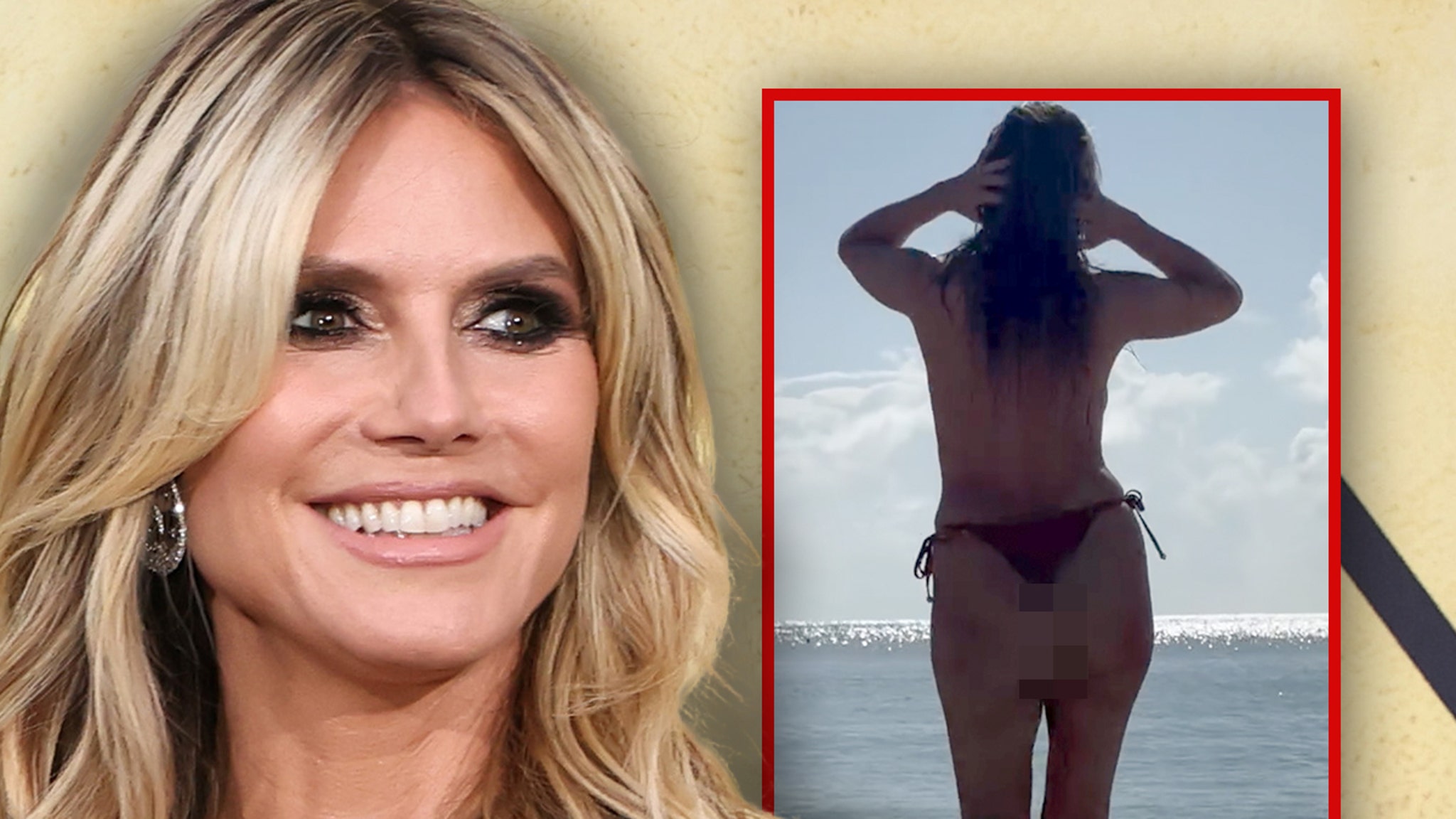
Heidi Klum
Gettin’ A Tan Everywhere …
Goes Swimming Topless
Published
Heidi Klum decided to strip all the way down before taking a dip … throwing off her bikini and going for a topless swim in a new video.
The model shared a video to Instagram Sunday in which she’s wearing a thong-style bikini and new top … proving that when the sun is out, it’s more than her buns she’s busting out.
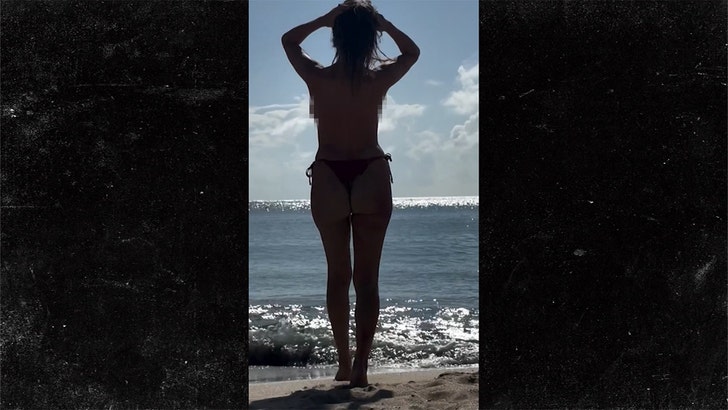
Instagram / @heidiklum
Check out the vid … Heidi takes her model walk from the runway to the beach — striding down the sand toward the ocean.
She goes in about knee-deep before the video cuts off. Klum captioned the post, “Let’s dip” — and, we know a whole lotta fans who want to take her up on that offer.

Call Her Daddy / Spotify
Klum’s talked about ditching her top in the past … revealing in an interview last year that her kids feel the need to remind her to put on a top when their friends come over to the house.
Heidi’s daughter, Leni, told Alex Cooper on the “Call Her Daddy” podcast that it’s actually created some embarrassing moments over the years.

Heidi does enjoy freeing the nipple whenever she can … and, her fans certainly aren’t embarrassed by that!
Lifestyle
4 confidence-boosting ways to overcome the fear of flirting in real life

Confidence coach Regina Bonds thinks that flirting in real life is a lost art.
“In this new world of dating, everybody’s behind a computer screen,” she says. “So many people don’t know how to put themselves out there.”
If talking to a cute stranger makes your palms sweat, but you’d like to meet someone without the help of a dating app, Bonds has advice. “Get out there and be confident,” she says.
Bonds, a certified life coach based in Atlanta, helps clients assert themselves in love and relationships. She shares four common fears people have when approaching a romantic interest in the wild — and how to overcome them.
The situation: You’re afraid they won’t like you.
The solution: Practice self-love.
“The first romance needs to be with you,” Bonds says. If you’re too nervous or afraid to talk to someone because you don’t think you’d be a good romantic partner, build up your self-esteem.
Try saying a positive mantra in front of the mirror that affirms your worth. “Tell yourself you’re the type of person someone would love to be around,” Bonds says.

Then, tell yourself some of the things you like about yourself and your body, even if that feels hard. Maybe it’s your freckles, your curves or your eyelashes. “That creates such a momentum when it comes to confidence,” Bonds says.
The situation: You want to show interest but don’t want to be creepy.
The solution: Start with eye contact.
It’s a simple and effective way to show interest, and it can help determine whether an approach is welcome, Bonds says.
Let’s say you’re in the freezer aisle of the supermarket and you see someone you like. Go ahead and make eye contact. If they look back at you and smile, that’s a promising sign, Bonds says. “You can walk over to them. That’s not creepy.”
However, if they look away when you try to make eye contact, that’s probably a signal to push your shopping cart in the other direction.
And if you do start talking to someone and they tell you they’re not interested, or their body language shows they’re uncomfortable, leave them be.

Not sure how to engage with a cutie at the coffee shop? Pay them a compliment.
lucky sun/Getty Images
hide caption
toggle caption
lucky sun/Getty Images
The situation: You want to strike up a conversation but have no idea what to say.
The solution: Pay them a compliment.
You’re pretty sure that cutie you always see at the coffee shop is interested in you too. Now what?
Don’t worry about being the first person to make a move. When it comes to dating, there are no rules, Bonds says.

Say something nice about their eyes, their outfit or their coffee order. Or, if you’re feeling cheeky, try a pickup line like, “I haven’t seen a smile like that all summer long,” Bonds says. “That can open the door to an amazing conversation.”
If your banter is holding up the coffee line, go ahead and grab those digits. It doesn’t have to be awkward, Bonds says. “I would say something as gentle as, ‘I’m really enjoying this, but I have to go. Would you like to exchange information?’ “
The situation: They didn’t call you back.
The solution: Be proud of putting yourself out there.
You made a bold move at a bar last weekend and asked someone for their number. You felt like you both connected. But it’s been a few days and they haven’t reached out.
“If they don’t call you, that’s OK,” Bonds says. Don’t let it affect your self-worth. “What someone else thinks of you [should not] be what you think of you.”
Remember that you took a risk and tried something scary. “Be thankful for the experience. Whoever’s meant for you will find you,” Bonds says.
The producer of this episode is Margaret Cirino. This story was edited by Meghan Keane. The visual editor is Beck Harlan. We’d love to hear from you. Leave us a voicemail at 202-216-9823, or email us at LifeKit@npr.org.
Listen to Life Kit on Apple Podcasts and Spotify, and sign up for our newsletter. Follow us on Instagram: @nprlifekit.
-

 World1 week ago
World1 week agoVirgin River Renewal Tees Up New Mystery for Mel and Jack in Season 7
-

 Iowa1 week ago
Iowa1 week ago8 ways Trump’s ‘Big, Beautiful Bill’ will affect Iowans, from rural hospitals to biofuels
-

 Politics1 week ago
Politics1 week agoConstitutional scholar uses Biden autopen to flip Dems’ ‘democracy’ script against them: ‘Scandal’
-

 Movie Reviews1 week ago
Movie Reviews1 week agoMovie Review: SUPERMAN
-
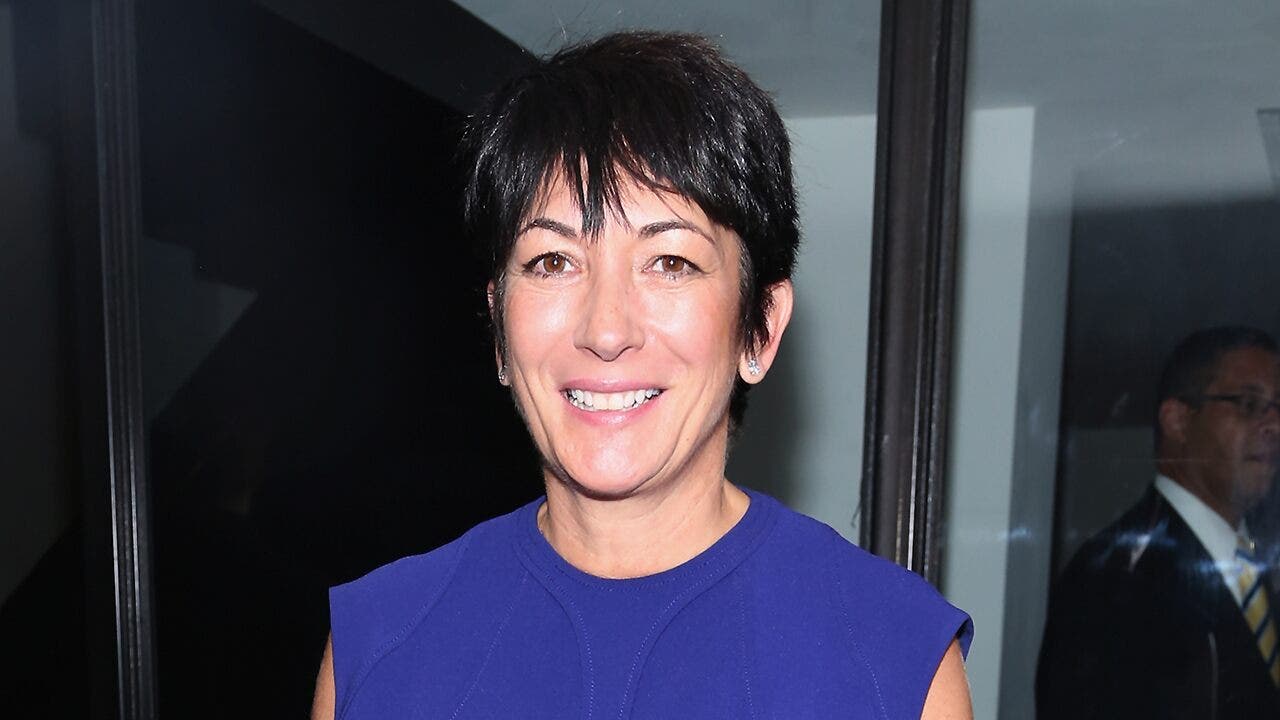
 Politics1 week ago
Politics1 week agoDOJ rejects Ghislaine Maxwell’s appeal in SCOTUS response
-

 Health1 week ago
Health1 week agoNew weekly injection for Parkinson's could replace daily pill for millions, study suggests
-

 Culture1 week ago
Culture1 week agoTest Your Knowledge of French Novels Made Into Musicals and Movies
-

 News1 week ago
News1 week agoSCOTUS allows dismantling of Education Dept. And, Trump threatens Russia with tariffs
